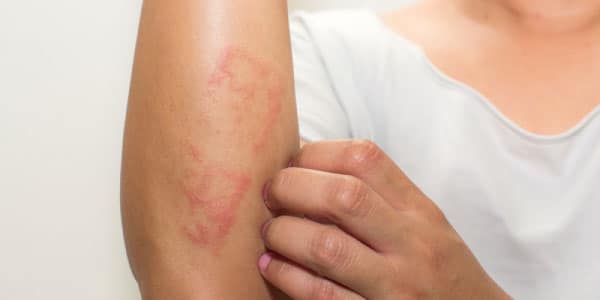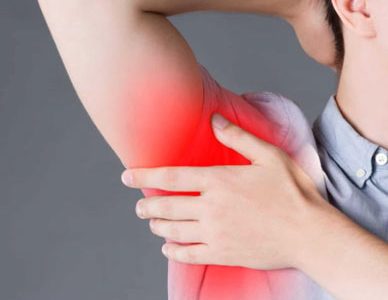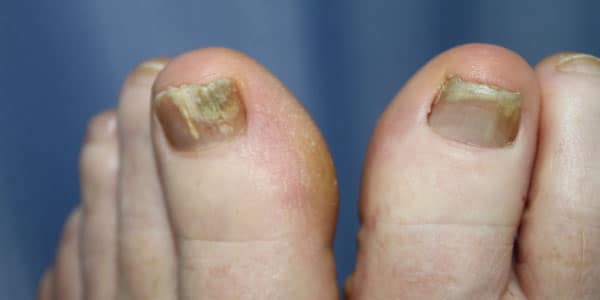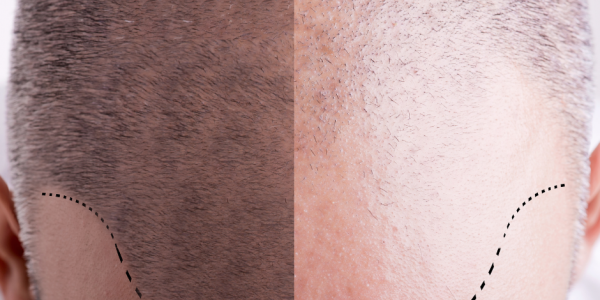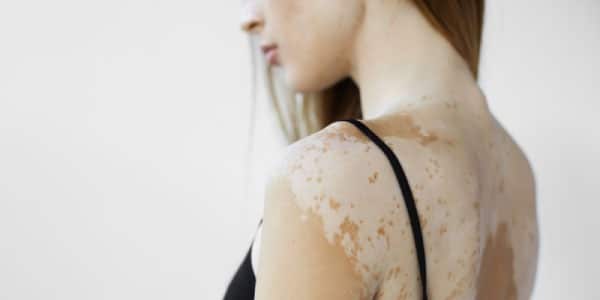Sinclair Dermatology is a leading centre for patients with skin disease.
We are the largest clinical dermatology centre in Australia and treat a range of hair and skin diseases through our clinics and ancillary services.
- General Dermatology
- Acne
- Alopecia Areata & Cicatricial
- Atopic dermatitis (Eczema)
- Blistering Diseases (Immunobullous)
- Hair Transplantation
- Hidradenitis Suppurativa
- Hyperhidrosis (Excessive Sweating)
- Nail Disorders
- Patterned Hair Loss
- Plastic Surgery
- Psoriasis
- Rosacea
- Skin Cancer
- Urticaria (Hives)
- Vitiligo
General Dermatology
At the general dermatology clinic, we treat a wide range of skin, hair and nail conditions. Our staff provide comprehensive care for common and uncommon skin diseases, including acne, eczema, psoriasis, rosacea, vitiligo, hair loss conditions and alopecia areata among many others.
If you are unsure about which clinic is most appropriate for your condition, book into our general dermatology clinic to receive a thorough assessment and management plan on 9654 2426 or email appointments@sinclairdermatology.com.au
Acne
Acne is a medical skin problem that is characterised by the occurrence of pimples and cysts on the face, chest, arms or back. Mild to severe acne outbreaks can begin around puberty and may last until your 40’s.
Androgens affect oil glands on the neck, back, face, shoulders and chest by growing larger and producing more oil (sebum). The increased sebum blocks skin pores. Blackheads, cysts and pimples develop because of blocked pores and skin bacteria.
Alopecia Areata & Cicatricial
The most common cause of hair loss condition in men is male pattern baldness (androgenic alopecia). This condition is a result of hormonal and genetic factors.
Hair follicles are constantly undergoing cycles involving growth, rest and renewal. It is natural for the average person to lose as many as 100 hairs per day. Excessive hair loss (also known as alopecia) affects men and women.
Atopic dermatitis (Eczema)
Eczema (atopic dermatitis) is a recurring, inflammatory, non-infectious skin condition that affects one in three Australians at some stage throughout their lives.
This skin condition is most common in people with a family history of an atopic disorder, which includes hay fever or asthma.Usually appearing in early childhood, patches of skin become red, scaly and itchy.
Blistering Diseases (Immunobullous)
Blisters are fluid-filled lesions on the skin and mucous membranes. Blisters may break or the roof of the blister may become detached forming an erosion.
They can occur in a number of diseases including traumatic injury, burns, sunburn, infections, insect bites, allergic reactions, drug reactions, autoimmune diseases and genetic disorders.
Hair Transplantation
Hair transplant procedure is an option some people choose to overcome hair loss. Various techniques are available, but all hair transplants involve taking skin with vigorous hair growth from one part of the scalp and grafting these pieces of skin to bald or thinning areas of the head.
Hair loss is primarily caused by a combination of ageing, changes in hormones and a family history of baldness.
Hidradenitis Suppurativa
Hidradenitis suppurativa is also known descriptively as acne inversa.
It is a chronic, relapsing inflammatory condition affecting the skin surrounding sweat glands. It most commonly affects the axillary (armpit), groin, buttocks and in some women, the inframammary fold (under the breasts).
Hyperhidrosis (Excessive Sweating)
Sweat is produced by glands in the deeper layer of the skin, the dermis. Sweat glands occur all over the body, but are most numerous on the forehead, the armpits, the palms and the soles of the feet.
Sweat is mainly water, but it also contains some salts. Its main function is to control body temperature.
Nail Disorders
Nail disorders can be unsightly and sometimes painful. Our clinic specialises in the diagnosis and treatment of nail disorders and we carry out a physical examination, pathological tests and sometimes other investigations in order to determine the cause.
We see women, men and children suffering from these conditions and ensure a correct diagnosis and subsequent treatment plan is arranged to provide advice to our patients and referring clinician.
Patterned Hair Loss
The average person can lose as many as 100 hairs per day. Excessive hair loss (also known as alopecia) affects men and women. Hair loss can be widespread or patchy and can be caused by genetic conditions, disorders or diseases. If hair loss is severe or premature, it can cause distress.
The most common cause of hair loss in men is male pattern baldness (androgenic alopecia) and is a result of hormonal and genetic factors. Hereditary baldness is so common that many people see it as part of the ageing process.
Plastic Surgery
It is performed to correct functional impairments caused by burns; traumatic injuries, such as facial bone fractures and breaks; congenital abnormalities, such as cleft palates or cleft lips; developmental abnormalities; infection and disease and cancer or tumours.
As the term Reconstructive Surgery covers a broad spectrum of procedures, it is thus difficult to generalise.
Psoriasis
Psoriasis is a noncontagious, inflammatory chronic skin condition that is characterized by skin inflammation and flaking. This skin condition occurs because skin cells grow or turnover too quickly. Inflammatory chemicals produced by specialized white blood cells called lymphocytes trigger the proliferation of skin cells. Psoriasis commonly affects the skin of the elbows, knees, and scalp but can occur anywhere on the body.
Psoriasis is an incurable, chronic inflammatory skin condition that can be treated. It has a variable course, periodically worsening and improving.
Rosacea
Rosacea or acne rosacea is a type of skin inflammation that affects the face. Symptoms include a permanent flush and non-tender pustule. In severe cases of rosacea, the nose can become reddened and enlarged (rhinophyma).
The cause is unknown. Unlike acne, rosacea does not scar. Treatment options include medications, surgery and avoidance of known triggers such as alcohol.
Skin Cancer
Skin cancer develops when your skin cells are damaged by ultraviolet (UV) from the sun. In Australia it is estimated that two out of three people will be diagnosed with skin cancer by the time they are 70. The incidence of skin cancer in Australia is the highest in the world with skin cancer rates being two to three times higher than the UK, USA and Canada.
More than 750,000 Australians are treated for one or more non-melanoma skin cancers a year. Non-melanoma skin cancers are more common on men than women.
Urticaria (Hives)
Hives (urticaria) is a common skin rash characterised by one or many wheals of reddened, raised and itching skin. The weals can vary in size, from relatively small to as large as a dinner plate.
The weals may be circular, oval shaped or annular. The condition can afflict any part of the body, but is common to the trunk, throat, arms and legs. The weals generally rise in clusters, with one cluster getting worse as another gets better.
Vitiligo
Vitiligo affects approximately 1% of the world’s population; however, estimates of prevalence range from less than 0.1% to greater than 8%. It occurs in all ethnicities and skin types and is equally prevalent in men and women.
The condition can begin at any age, but 50% of cases develop before the age of 20.
Accreditations & Memberships

























